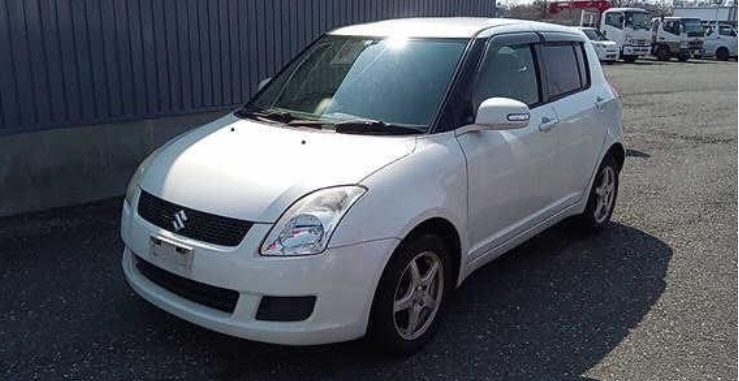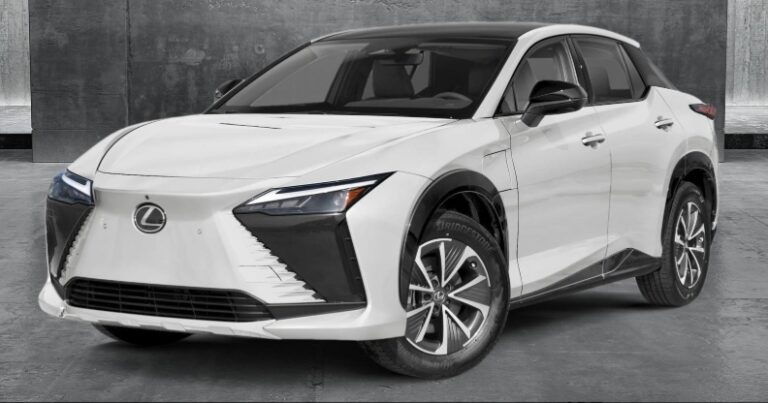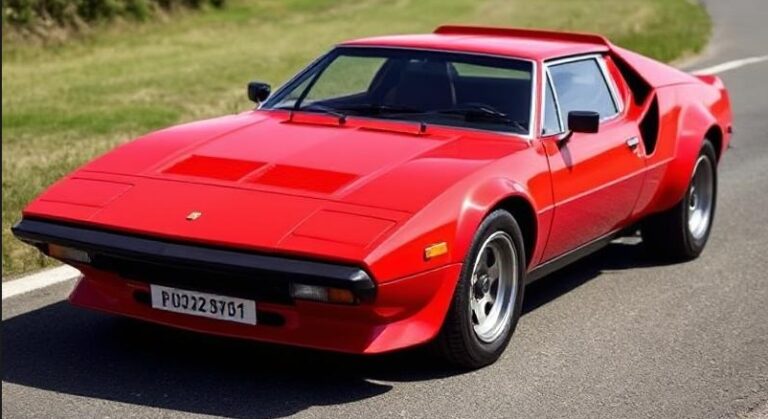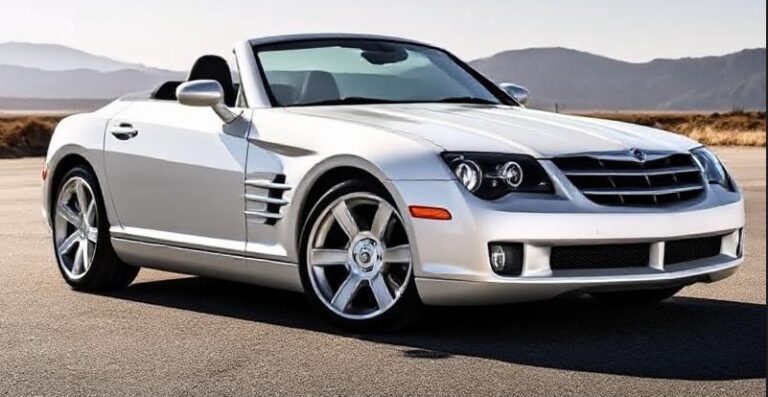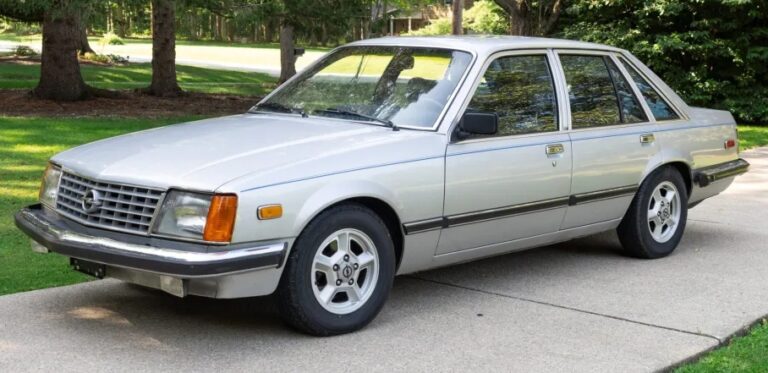The Evolution of the Suzuki Swift: A Comprehensive Timeline of Models and Trim Levels
The Suzuki Swift is a compact car that has captured the attention of drivers worldwide with its sporty design, nimble handling, and affordability. Since its debut, the Swift has undergone significant transformations across generations, adapting to changing market demands, technological advancements, and design philosophies. This article provides a detailed chronological overview of the Suzuki Swift’s evolution, including production years, model variants, and trim levels offered throughout its history.
First Generation (2004–2010): The Birth of the Swift
Introduction and Background
Suzuki introduced the first-generation Swift in 2004, primarily aimed at revitalizing its small car lineup. Developed on the Suzuki HEARTECT platform, the first-gen Swift was designed to appeal to young drivers seeking a stylish, fuel-efficient, and fun-to-drive vehicle.
Production Years: 2004 – 2010
Key Features & Design
- Design: The first-gen Swift featured a sporty and compact hatchback design with rounded edges and a distinctive grille.
- Engines: It was equipped with a range of petrol engines, including:
- 1.3L K12B I4 (in some markets)
- 1.5L M15A I4
- Transmission: 5-speed manual, 4-speed automatic, and in some markets, CVT options.
- Dimensions: Compact size suitable for urban environments.
Models and Trim Levels
In its initial launch, the Swift was available in various trims, which varied based on markets:
- Japan:
- XG: Base trim with essential features.
- XL: Mid-range trim with additional features.
- XG Special: Special edition with cosmetic enhancements.
- Europe & Other Markets:
- Standard: Basic features aimed at affordability.
- Comfort: Added features like air conditioning and power windows.
- Sport/RS: Sportier trims with sport-tuned suspension, alloy wheels, and sometimes a more aggressive exterior styling.
Special Editions
During its early years, Suzuki released several special editions, such as the “Swift Sport” in some markets, emphasizing sporty performance and styling.
Second Generation (2010–2017): The Global Success
Introduction
The second-generation Suzuki Swift was unveiled in 2010, marking a significant step forward in design, technology, and market reach. It was built on a new platform, offering improved handling, safety, and comfort.
Production Years: 2010 – 2017
Design & Features
- Design: More modern and aggressive styling, with sharper lines and a distinctive front grille.
- Engines: Expanded options including:
- 1.2L K12B I4 (petrol)
- 1.0L Turbocharged Boosterjet (on some variants)
- Diesel options in select markets
- Transmission: 5-speed manual, 4-speed automatic, and CVT
- Interior: Improved ergonomics, increased cabin space, and upgraded infotainment systems.
Models and Trim Levels
The second-gen Swift offered a broad array of trims, often tailored by market:
- Japan:
- XG: Base model with essential features.
- XL: Mid-range with additional comfort features.
- XG Limited: Slightly upscale with premium touches.
- Sport: Focused on sportiness, often with sport-tuned suspension, alloy wheels, unique exterior accents.
- RS: Sportier variant with performance-oriented features.
- Europe & North America:
- SZ: Entry-level trim, minimal features.
- SZ2/SZ3: Mid-range trims with added comfort and convenience features.
- Sport/RS: High-performance trims with sport-tuned suspensions, sport seats, and aesthetic enhancements.
- India:
- VXi: Basic variant.
- VXi (O): Optional features.
- ZXi: Higher trim with additional features like alloy wheels and touchscreen infotainment.
- ZDi: Diesel variants.
Special Editions & Variants
Suzuki introduced sportier versions such as the Swift Sport (discussed below), which became a highlight in many markets.
.
We LOVE cars & cruising around, but sometimes day trips to explore new cities are required (with family or friends) for a spice of variety in your life!
So GO explore!
Cruises & Day/Night City Tours to: Baltimore, Boston, Chicago, Marina Del Ray, New York, Niagara, Philadelphia, San Diego, San Francisco, Toronto, Washington DC, etc.:

.
Swift Sport (Second Generation)
The second-generation Swift Sport was introduced in 2012, emphasizing sporty performance and styling.
- Engine: 1.6L M16A I4 (or similar), with around 134–136 horsepower.
- Features: Sport-tuned suspension, front sport seats, distinctive body kit, alloy wheels, and sportier interior accents.
- Trim Level: Often sold as a standalone “Sport” variant rather than a separate trim level.
Third Generation (2017–Present): The Modern Compact
Introduction
The third-generation Suzuki Swift was unveiled in 2017, representing a total overhaul in design language, technology, and safety features. It adopted a more global approach, with a focus on urban mobility, efficiency, and style.
Production Years: 2017 – Present (as of 2023)
Design & Features
- Design: Sharp, bold lines with a sleek profile; heavily inspired by the Suzuki iM-4 concept.
- Platforms: Built on Suzuki’s HEARTECT platform, offering weight savings and rigidity.
- Engines:
- 1.2L Dualjet petrol engine
- 1.0L Boosterjet turbocharged engine (offered in certain markets)
- Mild hybrid options (e.g., SHVS)
- Transmission: 5-speed manual, CVT, and in some markets, automatic transmissions.
- Interior: Upgraded infotainment systems with touchscreen displays, Apple CarPlay, Android Auto, and enhanced safety features like Suzuki’s Safety Support suite.
Models and Trim Levels
The third-generation Swift has been offered with various trims tailored to regional demands:
- Japan:
- XG: Entry-level with basic features.
- XL: Mid-range with increased comfort and convenience.
- ZX: Top-tier trim with leather seats, premium audio, and advanced safety features.
- Sport: Sportier version with unique styling cues and performance features.
- Europe & Australia:
- Sz: Base model with essential features.
- Sz-T: Enhanced with additional comfort and tech.
- ZC: Top variant with luxury features.
- Sport: The performance-oriented trim with sporty aesthetics and suspension.
- India:
- VXi: Basic petrol variant.
- VXi+ / ZXi: Higher trims with added features such as a touchscreen infotainment system, alloy wheels.
- ZDi: Diesel variant.
- ZXi+ / ZXi (O): Top trims with premium features and safety packages.
Special Editions & Variants
In recent years, Suzuki has released special editions, such as the “Swift Sport,” which continues to embody sporty DNA with a more aggressive look and enhanced performance.
The Suzuki Swift Sport: A Continuous Performance Icon
Across all generations, the Swift Sport has remained a key model, emphasizing sporty driving dynamics and stylish design.
- First Generation (2005–2010): Known simply as Swift Sport, featuring a 1.6L engine, sport-tuned suspension, and unique styling.
- Second Generation (2012–2017): Continued with a 1.6L engine, improved handling, and sporty aesthetics.
- Third Generation (2017–Present): Now equipped with a 1.4L Boosterjet turbocharged engine, producing approximately 140 horsepower, with a focus on efficiency and performance. It includes sportier styling, lowered suspension, and exclusive interior touches.
Market-Specific Variations
The Suzuki Swift has been a global vehicle, with regional variations tailored to local preferences:
- Japan: Typically more feature-rich, with multiple trims and special editions.
- Europe: Focused on style, safety, and comfort, with trims like SZ, SZ-T, and Z.
- North America: The Swift has historically been less prominent but has seen a resurgence with the third generation.
- India: Known for affordability, with multiple trims and diesel options.
- Australia & Southeast Asia: Emphasis on sporty trims and customization.
Conclusion
The Suzuki Swift’s journey from its inception in 2004 to its current third generation exemplifies continuous evolution driven by design innovation, technological advancement, and market demands. Its various models and trim levels reflect Suzuki’s commitment to offering versatile options for urban drivers, performance enthusiasts, and budget-conscious consumers alike.
From the practical and sporty first-generation models to the modern, tech-rich third-generation vehicles, the Swift remains a testament to Suzuki’s expertise in crafting compact, enjoyable, and reliable cars. Its enduring popularity and adaptable design ensure that the Suzuki Swift will likely continue to evolve and thrive in the global automotive landscape for years to come.
